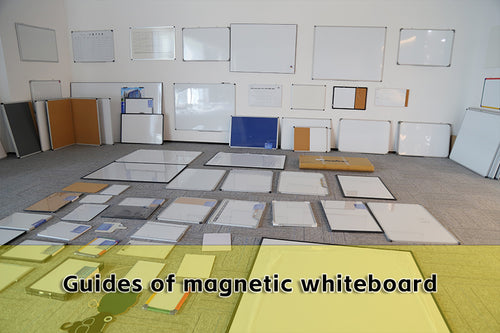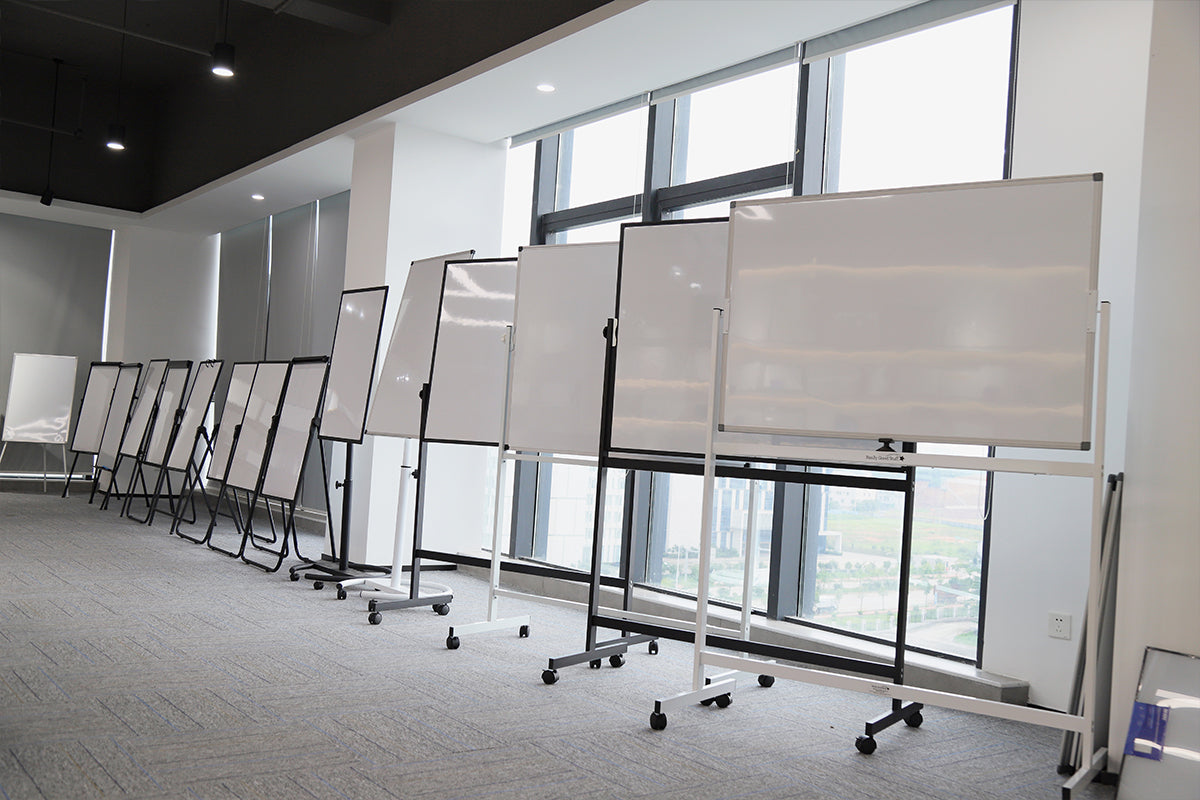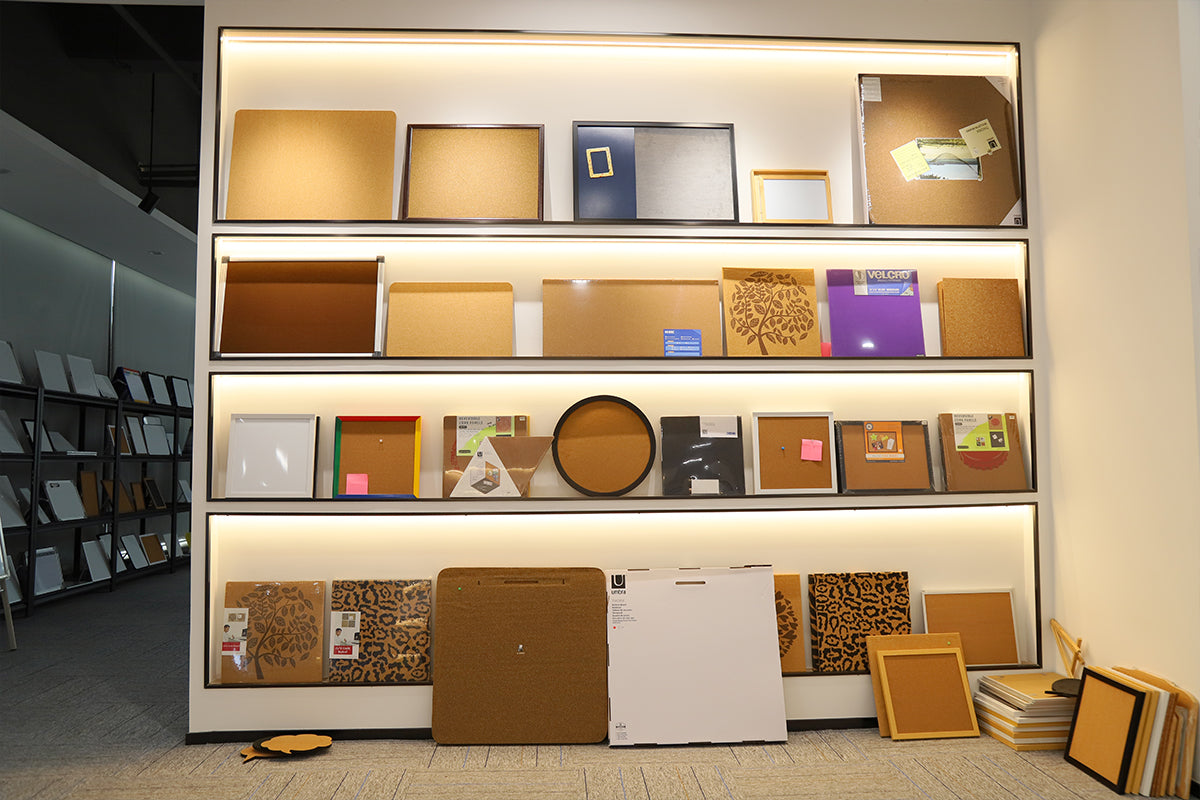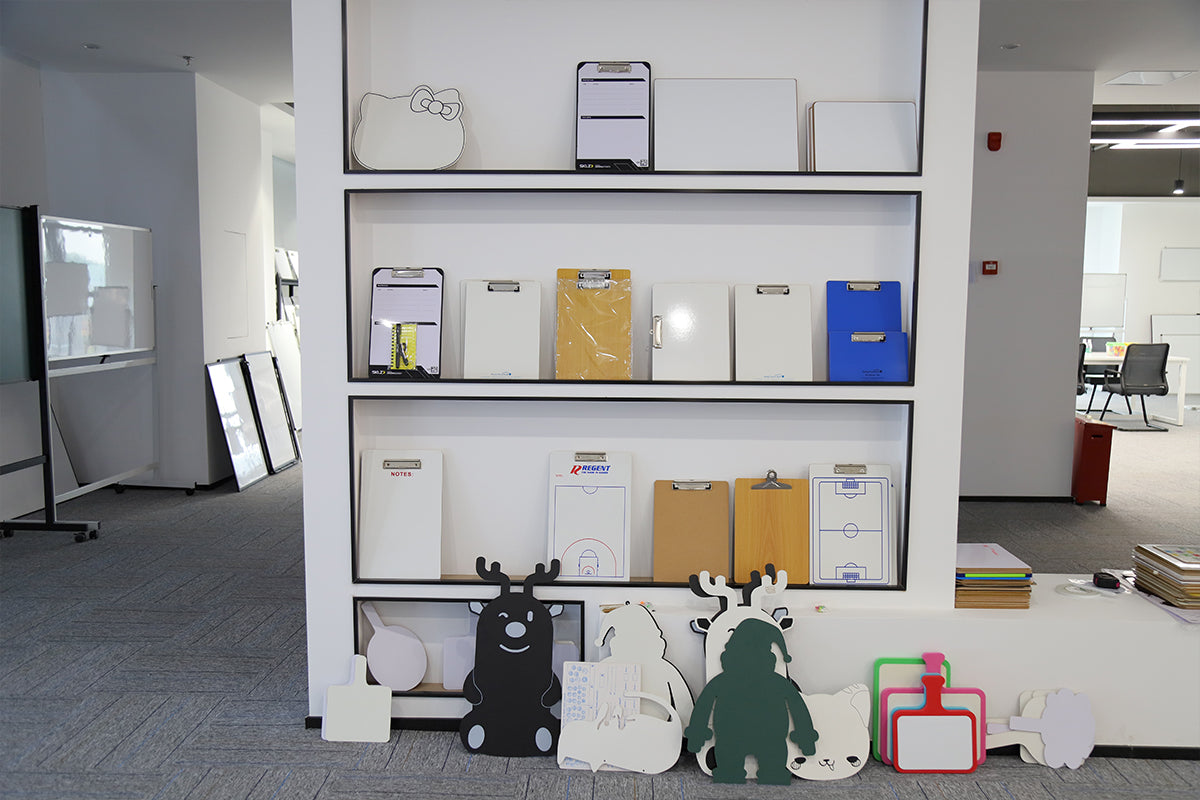Whiteboard History - How Magnetic Whiteboards Were Born
Magnetic whiteboards have become an essential tool in classrooms, offices, and homes around the world. These versatile boards have revolutionized the way we communicate, collaborate, and organize our thoughts. But have you ever wondered about the history behind this ingenious invention? In this blog post, we will take a journey through time to explore the fascinating evolution of magnetic whiteboards.
What were the early predecessors of magnetic whiteboards?
Before the advent of magnetic whiteboards, traditional chalkboards were the go-to writing surface in classrooms and offices. However, the dusty residue and constant need for chalk replacement posed several challenges. In the 1960s, a breakthrough occurred with the introduction of melamine boards, which offered a smoother writing surface and easier erasability. These melamine boards laid the foundation for the magnetic whiteboards we know today.
When were magnetic whiteboards first invented?
The first magnetic whiteboards were invented in the late 1960s by Martin Heit, a Korean War veteran and steel salesman. Heit was inspired by the magnetic properties of steel and saw an opportunity to create a more efficient writing surface. He developed a prototype by laminating a thin steel sheet onto a melamine board, allowing magnets to stick to the surface. This innovative design marked the birth of magnetic whiteboards.
How did magnetic whiteboards gain popularity?
Initially, magnetic whiteboards faced skepticism and resistance from traditionalists who were accustomed to using chalkboards. However, as the benefits of magnetic whiteboards became evident, their popularity soared. The smooth writing surface, easy erasability, and ability to attach documents and notes with magnets made them a preferred choice in classrooms and offices.
What advancements have been made in magnetic whiteboard technology?
Over the years, magnetic whiteboard technology has continued to evolve. Manufacturers have introduced new materials, such as porcelain and glass, which offer enhanced durability and longevity. These advanced surfaces are resistant to stains, scratches, and ghosting, ensuring a pristine writing surface even after years of use.
How have magnetic whiteboards adapted to the digital age?
In recent years, magnetic whiteboards have embraced the digital revolution. Many whiteboards now come equipped with interactive features, allowing users to connect their devices and display digital content. This integration of technology has transformed magnetic whiteboards into powerful collaboration tools, enabling real-time sharing, annotation, and remote collaboration.
What does the future hold for magnetic whiteboards?
As technology continues to advance, magnetic whiteboards are likely to evolve further. We can expect to see more integration with artificial intelligence, augmented reality, and cloud-based platforms. These advancements will enhance the user experience, making magnetic whiteboards even more versatile and indispensable in our increasingly digital world.
In conclusion, the history of magnetic whiteboards is a testament to human ingenuity and the constant quest for innovation. From humble beginnings as a melamine board with a thin steel sheet, magnetic whiteboards have come a long way. Today, they are an indispensable tool for communication, collaboration, and organization. As we look to the future, magnetic whiteboards will undoubtedly continue to evolve, adapting to the changing needs of classrooms, offices, and beyond.











